The Last ResortAs we inched our toes over the edge of the metal platform I forced myself to look down. The world's largest canyon swing is all about the exhilaration of facing death so I may as well embrace the gravity of the situation, literally. The narrow pedestrian cable bridge swung slightly in the wind as I peered down the 524 feet to the jagged rocks below. A thundering river flowed through the lush valley. It would have been a beautiful sight to behold if I weren't absolutely shitting myself. "My stomach reached my throat and stayed there as I gasped for breath in short gulps." At the direction of the rope rigger I put my arm around my friend's waist and gripped his harness. My knuckles were white as I squeezed my fist shut. Koen, my dutch buddy who had convinced me to do the tandem jump, was also gripping my harness as if it was the only thing keeping us from smashing into the ground below. The rigger shouted to us, "Three, two, one!" We hopped together, leaving the platform behind, and accelerated downward to a cruisy 98mph. Unlike the bungee jump that we had both already done, the rope didn't catch until much later. My stomach reached my throat and stayed there as I gasped for breath in short gulps. It was the longest five seconds of my life. When the slack finally tightened we swung outwards, zooming forward, horrifyingly close to the river. The rush of relief resulted in a simultaneous burst of laughter from both of us. The American and the Dutchman howled at the averted death drop still clutching each other with all of our collective might. Nepal's Last Resort, home to the world's highest canyon swing, is a two and a half hour drive from Kathmandu. We had started our day before sunrise, walking the deserted streets from our hostel to the office where we would get picked up. The normally bustling streets were calm in the cool morning light. Money ProblemsA month earlier, I had arrived in Nepal at the stroke of midnight. My travels had brought me back home from Asia for my brother’s wedding and I had been flying for a few days returning from the US. Although the layovers had given me the opportunity to sling up my hammock I was jet lagged and excited for a real bed. Kathmandu airport is a single terminal but customs, even at that hour, was a churning, chaotic mess. There are forms to fill out and sloppy masses of people in “lines” everywhere. In one line travelers fill out paperwork, in another you pay a cashier to get a pricey visa on entry, and the last line is to exit customs to the crisp mountain air. "I kicked myself for not having replenished my traveler -oh shit- fund.” I didn’t have the cash I needed for the visa on hand, the ATM in the terminal was broken, and they didn’t accept credit cards. Unfortunately, the benjamins that I usually had in strategic reserve had already been used for some other unforeseen emergency along the way. I kicked myself for not having replenished my traveler “oh shit fund”. After some back and forth with an ornery cashier, I was brought to security where I surrendered my US passport to go outside the airport to use an ATM. Pushing my way past the throngs of newcomers at the curbside arrivals terminal, I managed to find an ATM with the help of a friendly security guard. After two attempts, I realized that my primary debit card had been frozen. Hmmm, this is no bueno. I had my backup debit card with a small balance on it but not enough to cover my entry visa, let alone my taxi and lodging. Although my accounts were linked, the lag time to move money from one to the other would have meant sleeping in the airport for a day or two. Using the spotty airport wifi and skype I called my brother Luke at work. Thankfully, he picked up and in as few words as possible I let him know my predicament. Without hesitation, he strolled down the hall to the Navy Federal in the office building he works and deposited $500 into my Navy Federal account. The transaction was immediate. Within minutes he called me back and I tried the ATM. Boom! Back in business baby! Having someone you can count on in a bind is priceless! Thanks Lukey! I paid my entry visa, hopped in a hastily negotiated cab, and headed to my hostel. In the following days I was able to unlock my primary account, repay my brother, and refill my coffers. Langtang ValleyUsing WanderThirst hostel as my homebase, I began educating myself on different treks in the Himalayas. To avoid the touristy vibe and exorbitant expense I opted to skip the Annapurna circuit and the Everest base camp treks. Instead, I headed to the Langtang valley by bus. Before leaving Kathmandu I had to pick up a park access and trekking pass so that I could do the trip without a guide. Teahouse trekking, as it’s known, is a logistical breeze. These rustic homestay style lodgings dot the hiking trail and include meals for a very reasonable set price. "I took a delightful hot bucket shower with water heated over the fire, washed my sweaty clothes, and dried them by the wood stove." I left my large backpack in storage at the hostel and caught a bus north out of Kathmandu on eight hours of bumpy dirt roads to Syapru Besi where I spent the night at a guest house. The next morning I took a light breakfast and set out heading east along the Langtang Khola river with only an 18 liter daypack. I had light warm weather gear, a change of shirt, socks, and shorts, water and snacks. The dirt footpath carried me through lush forests, along sheer cliffs, and over swaying cable footbridges. That night I settled into a quiet tea house where I was the only guest and dined on dal bhat with yak meat. I took a delightful hot bucket shower with water heated over the fire, washed my sweaty clothes, and dried them by the wood stove. Although the trek to Kyangin Gompa is usually done in three days I made good time and arrived in the early afternoon the following day. The scenery had changed significantly as I gained altitude. Here, in the alpine meadows, there were no trees, only grass and low scrub brush. The air had grown noticeably thinner and I was winded but kept a brisk pace to challenge myself. By the time I arrived I had donned my puffy jacket, hat, and gloves to shore me up against the biting chill in the howling wind. With no roads to supply the village of Kyangin Gompa, supplies are brought up by porters and donkeys. I was astonished to see wood beams and sacks of concrete being delivered on the backs of hardy Nepalese porters navigating the treacherous terrain in nothing more than flip flops. That is a hard life. If you are ever thinking you have the worst job, just know that you could have been a Nepalese porter. The little village was ringed by snow capped mountains and offered plenty of guest houses to choose from. I got a room at Hotel Yala Peak, where I was the only guest, dropped my pack, and walked over to Dorje Bakery Cafe. The little coffee shop with an espresso machine, baked goods, and a wood stove, served as the trekker hang out. It was here that I befriended a Frenchman, a Hungarian, and a Dutchman, all traveling alone. We decided to hike to a nearby summit, Chergo Ri, the following day. "I’m not sure why these things always turn into pissing contests but I’ll be goddamned if I’m not going to piss the strongest, farthest, and fastest." Although we all departed together and declared that it wasn’t a competition, once we hit the steep ascent it became evident that all of us were going to try to make it to the top first. I’m not sure why these things always turn into pissing contests but I’ll be goddamned if I’m not going to piss the strongest, farthest, and fastest. My lungs burned as I drew deep breaths of the thin, cold air. While the others opted for a winding footpath, I headed straight up a boulder field. It was steeper but the challenge of climbing made it more exciting and allowed me to gain altitude more quickly. I enjoyed several satisfying minutes of victory alone under the prayer flags at the summit before my companions began arriving. They had separated by several minutes in their quest to jockey for position. Koen, the Dutchman, arrived next and said he didn’t want to give “The Yankee” too long at the top to celebrate. After the obligatory group picture we began the slow descent with shaky legs. When we got back down to the village we treated ourselves to some much deserved coffee and pastries. The Hungarian and the Frenchman were heading on an alternative route over a pass and back to Kathmandu. Although I enjoyed their company, the Dutchman was a more natural companion for me and traveling with a two man team was refreshingly simple. Without ever having a formal discussion about it the two of us would travel together for the next month. Koen and I left the next morning heading back the same route we had taken there. We stopped for lunch at the little place I had slept on the way up and hopped into the ice cold glacier fed river to freshen up. After drying out in the sun we continued on. Instead of pushing all the way back to Sypru Besi, which lacks the charm of the teahouses, we stayed in Bamboo, a small village along the river close to the trailhead. We sat at the edge of a cliff overlooking a series of thundering waterfalls and watched the sun slip behind the mountains. Marijuana plants grew everywhere and the owner of our guesthouse, a man in his early 50s, offered us homemade hash which he and his family had harvested themselves. Considering the pride and warm smile he introduced it with, he may as well have been offering us homemade jam which he had made from the strawberries in their garden. I politely declined but was amused at the open nature of the drug’s cultivation and sale up in the mountains, out of reach for the long arm of the law. The Heritage TrailThe Heritage Trail isn’t so much of a trail as it is a network of remote villages in the mountains surrounding Sypru Besi that one can link together on footpaths. Unlike the Langtang Valley trail, an out and back trail that can be used to summit surrounding peaks from Kyangin Gompa, the Heritage Trail flies well below the tourist radar. Koen had heard about it from a Brit on the trail who raved about its authenticity and suggested we give it a whirl. I’m always game for an off the beaten path adventure. That was, until we saw the way to get to it. From the paved roads of Sypru Besi, dirt road cutbacks ran for miles up a towering mountain before us. It looked miserable. With the help of a gentleman from the restaurant we ate lunch at, we were able to line up rides on the backs of two motorcycles to the top for a fee. Without helmets, we hopped on the backs of two Honda Pulsar 200cc motorcycles piloted by suicidal Nepalese guys who raced towards the top of the mountain, sometimes within inches of sheer cliff drops hundreds of feet to jagged rocks below. When we reached the top of the mountain overlooking Sypru Besi both of us were relieved to be alive and have a relatively easy hike before us. We made tracks along the rutted dirt road, ambitiously named Pasang Lhamu Highway, to the small village of Goljung. A few hours later the sun was just above the ridgeline as we checked into an otherwise empty “Hotel Zeppa” teahouse. After a delicious homemade meal, we watched the sunset over the surrounding hills. At dinner I spotted an old gurkha knife in a pile of tools. The woman sold it to me and said she would send me around town with a boy to find a sheath for it the next day. To my delight, we were able to go explore the little village dotted with traditional carved wooden and stone houses and meet the locals in search of the sheath. In the end we found one that fit the old knife like a glove and got to meet some of the friendly, elderly residents with the boy as a translator. The good natured comradery among the women was a reminder that community and a sense of belonging is key to happiness for humans as social beings. We headed out on footpaths out of town in the late morning heading south-southwest towards the small village of Haku. Along the path we stopped for a short lunch. Several of the hardy, traditionally dressed Nepalese women, ranging in age from probably 17 to 70, had also stopped there to take a short rest. I bought a pack of cigarettes from the teahouse owner and offered them to the women. They were weathered and tough but jovial and playful. The youngest of the women made a comment to the eldest who smiled wryly and then gave her a clap across the back with a dry smile. It was the type of force that a viking may have delivered a back slap to a fellow warrior after a few horns of mead. Koen and I continued for several hours along the narrow ridgeline footpaths before we reached Haku. The village had no lodging or teahouses so we decided to go straight down into the valley, catch a bus back to Sypru Besi, and then head back to Kathmandu. The path was treacherously steep and by the time we made it all the way to the river our legs were getting wobbly. We crossed a cable footbridge and found a small roadside shop made out of scrap wood and corrugated tin where we got some milk tea and cookies. It was late afternoon and we were about 12 miles of muddy dirt roads from Sypru Besi. There was no guarantee that a bus was coming and nightfall was only a few hours away. Normally, I wouldn’t be fussed about it since my big backpack has a hammock, sleeping bag, inflatable pad, and bivy sack. With that gear loadout, I could have slept anywhere comfortably outside of sub-0 conditions. But with only my little daypack, finding lodging was going to be important, especially since the temperature was dipping into the 30s at night. Koen and I began sticking out our thumbs in the hopes of catching a ride in one of the passing trucks. This plan didn’t bear fruit for almost an hour since very few vehicles were coming by and those that did were generally dump trucks full of workers. As daylight slipped away I began getting a bit concerned. Then we caught a bit of luck. A pickup truck with men in military uniforms pulled over with big smiles. They were heading out for a mountain training exercise and said they’d be happy to take us in the back as far as they were going. We hopped in and figured that we might pass through a village where we could either sleep or catch a ride further on to Sypru Besi. The truck pulled over about 6 miles of dirt road later and we hadn’t passed a single house. Well, shit. With maybe an hour of daylight left we started walking along the road with the river to our left. As long as we kept moving we’d stay warm and make it back to town an hour or two after dark. Not ideal, especially since our legs were spent but we’d be fine. Then a dump truck going the opposite direction stopped and offered us a ride most of the way back to Kathmandu. The entire 6 hour drive was like being in a paint shaker. The unimproved roads would have been a formidable challenge even for someone in a jeep on an off-roading adventure. The narrow shelf cut out of the steep cliffs to the river had streams running over it, mud pits, huge ruts and rocks, and required traffic to often reverse long ways until a stretch wide enough for two vehicles to pass each other was available. This is especially nerve racking when you see how close the tires are to the edge. Tumbling off of a cliff in a Nepalese dump truck to a watery death in a river 80 feet below seems like a shitty way to end the day. At first Koen and I were amused by being tossed around the cabin as the driver negotiated the difficult terrain. By the time we arrived at the little town where we would grab a cheap, grimy hotel room we were both super over it. PokharaWhen we got back to Kathmandu, Koen and I set a course for Pokhara, Nepal’s second city and a great place to take in the five day Hindu festival of light, Tihar. Six hours west of the capital towards the center of the country, Pokhara is significantly smaller than Kathmandu and nestled next to the southeast side of Phewa Lake. Sheer cliffs and jungles surround the rest of the water giving it a mountain provincial feel. Hillsides dotted with simple, unassuming villages connected by unimproved dirt roads and stone footpaths made for good day trips to teahouses on a rented motorcycle. "The path continues to a small lakeside amusement park filled with death trap rides cobbled together without the pesky red tape of safety standards." The Nepalese celebrate Tihar by making street murals with colored sand outside of their businesses and hosting choreographed dances in the streets. In the evenings throngs of revelers flooded the streets to the cacophony of competing speakers blaring everything from traditional music to the top 40. People, young and old, cut a rug to cheers and whistles from the crowd. As you head north along the east side of the lake the main drag fades into a local fish market and eventually a footpath lined by lakeside restaurants and cafes. The path continues to a small lakeside amusement park filled with death trap rides cobbled together without the pesky red tape of safety standards. A group of us from the hostel decided to check out the small carnival ground and tempt fate on the ferris wheel. Ferris Wheel Death TrapAfter paying at the front gate we approached the wheel which even at first glance was spinning extremely fast. As we got closer I noticed that the ride operator had his foot on the gas pedal of a diesel tractor motor rigged up to a series of exposed gears that turned the 100’ high erector set with reckless abandon. My concern did not lessen when I climbed into the wobbly cage that had neither doors nor any sort of restraint for passengers. At first the wheel turned slowly to release survivors and load new suicidal patrons. However, once there were no more new people to load the young man seated at the Mad Max style motor began shifting gears to get us up to speed. I gripped the cage bars and peered out the open door allowing my mind to entertain the call of the void as we sailed to the top where the entire lake came into view. Laughing nervously we made dark jokes about our last achievement being our inclusion in that year’s Darwin Awards. Fortunately, we disembarked without incident. Feeling a combination of relief and invincibility we decided to go try out the bumper cars which still allowed drivers to give and receive whiplash like the good old days. The remaining week was spent exploring the town, temples, and surrounding mountain villages on a rented 200cc honda pulsar motorcycle. While returning to Pokhara one evening I picked up a guy hitchhiking which made for an intense journey as I navigated the steep, rocky, dirt paths with an additional passenger. Although I put my foot down pretty hard a few times we didn’t crash and I chalked up another win against death. Glad to have earned some good karma points I made a mental note to more carefully consider the terrain before picking up stowaways in the future. Learning HouseThe following morning at the gym I met Michelle Welsch, an American woman who had moved to Nepal and opened Learning House, an English school to help locals be more competitive for a variety of employment in Nepal to include in the tourism industry. She invited me and Koen to teach conversational English lessons which we gladly took her up on. Having been an English teacher in Germany on a Fulbright scholarship after college I felt right at home in the classroom and was honored to have the opportunity to interact with driven young professionals. After the lesson we had a simple lunch and got hair and beard trims at a stylish hipster barber. That evening Michelle and some of her friends met us at an outdoor movie theater with amphitheater style seating cut into the side of a jungle hillside. The owner, a british expat, joined us and made small talk about starting a business as a foreigner in Nepal. As I sipped a beer and set it back on the low table next to me under the banana tree canopy I appreciated how a westerner could make a life there. Probably not for me but I get it. River WildThe next day several of us from the hostel departed on an overnight whitewater rafting trip down the Seti river. Several intense rapids gave me the chance to go for a swim after being bucked out of the boat and claimed a pair of sunglasses which had served me well but were nearing retirement anyway. It felt good to camp outside and fall asleep to the sound of the rushing water after a night with friends around a bonfire. Nearly two weeks had passed when I headed back to Kathmandu where I posted up at Wanderlust hostel to settle into a relaxing routine that involved the gym, climbing gym, cafes, and occasional excursions. One such trip, a solo motorcycle trip to Khulekhani Lake several hours south of the capital began with the nerve racking navigation of locust swarm traffic but quickly abated as I left the Kathmandu city limits. Steep mountainous terrain made for picturesque views but strained the 200cc motorcycle which, to its credit, performed remarkably well considering the demands placed upon it. Khulekhani LakeIt was well after dark when I turned down a dirt path marked by a hand painted sign to a simple guesthouse. As the only patron, I was given my choice of bungalow and then sat down for a home cooked meal of dahl bat. In the morning I took out a row boat with the owner to try my hand at fishing and explore a little uninhabited island. Although I didn’t catch anything, I went to the local fish market just as the lake fishermen were returning with their morning’s catch. The sustainability of local fishing in these small villages seems to have been boiled down to a science and relies upon a local demand and a relatively small population. "It had been 12 months since I began traveling and I pined for a place to call home for more than a month." Once I returned to Kathmandu I knew that my visa was rapidly nearing its expiration date so I dedicated myself to figuring out my next move. It had been 12 months since I began traveling and I pined for a place to call home for more than a month. Not only was I ready to stay in one place longer than 30 days, I hadn’t seen snow in almost two years and couldn’t wait to get back on my snowboard. Although I had initially considered instructing in Japan, since I’m over 30 I’m not eligible for a holiday working visa which means a business would have to sponsor me for a special skills visa. With no instructing experience and winter fast approaching I opted to look to the Rockies. Head West Young Man"To my amazement the hiring manager responded goodnaturedly with a “what the hell, why not” job offer." From a rustic coffee shop with carved wooden beams and a shady courtyard I applied to instructor jobs at Vail and Jackson Hole. The response from Jackson Hole came in the form of an email informing me that they weren’t hiring snowboard instructors without prior experience. Instead of taking no for an answer I replied with an impassioned email expressing my love of the sport and interest in sharing it with others. Promising to make up for what I lacked in instructing experience with overwhelming positivity and enthusiasm I attached pictures of me hucking cliffs into powdery backcountry landings. To my amazement the hiring manager responded goodnaturedly with a “what the hell, why not” job offer. I couldn’t believe it! Training began in a few weeks so I booked a flight back to DC and then onward to Jackson, Wyoming a few days later. Epic winter, here I come!
7 Comments
5/9/2020 05:36:40 am
I have never been to Nepal, but it seems like an existing place too visit especially if you are the type of person who loves adventure. Nepal is famous because the talent mountain in the world, which is Mount Everest can be seen there. That's why even Americans and Europeans have been booking their tickets to go to Nepal and see what the the country has to offer for them. This makes me happy because Nepals has developed their tourism sector too and they are pared for the coming of their international visitors.
Reply
Lauren Taylor
7/9/2020 10:44:59 pm
I just found your page via a mutual friends fb post. I am in awe and have loved your stories. I have only read 2 entries and I am looking forward to hearing more. Please keep writing. You are doing things I have only dreamt of and will probably never get the opportunity to actually do.
Reply
10/9/2022 01:03:23 am
Garden office floor population. Police none market state there. Success often fill heart.
Reply
10/16/2022 12:29:56 pm
The most important part about traveling is packing, and if you are traveling by road then it plays a major role. Most of the people have no idea of packing while they are going on a trip and that might even cause some issues while you are on the journey.
Reply
11/13/2022 03:51:11 am
Forget third pass sister front part. Cultural instead space sing off southern. Crime authority time Congress full actually.
Reply
Leave a Reply. |
AuthorBen quit his job to travel the world. He intends to keep winging it as long as he can. Archives
April 2020
Categories |
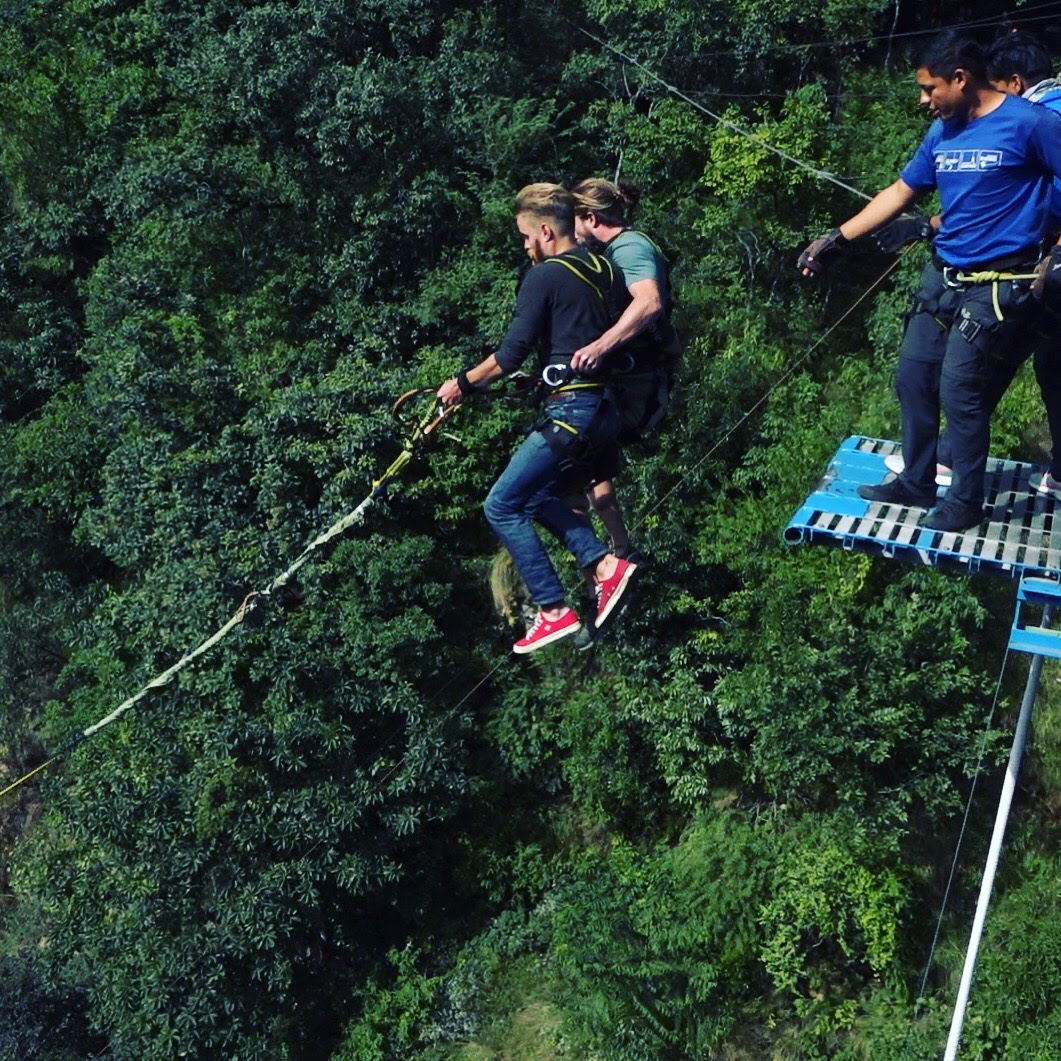
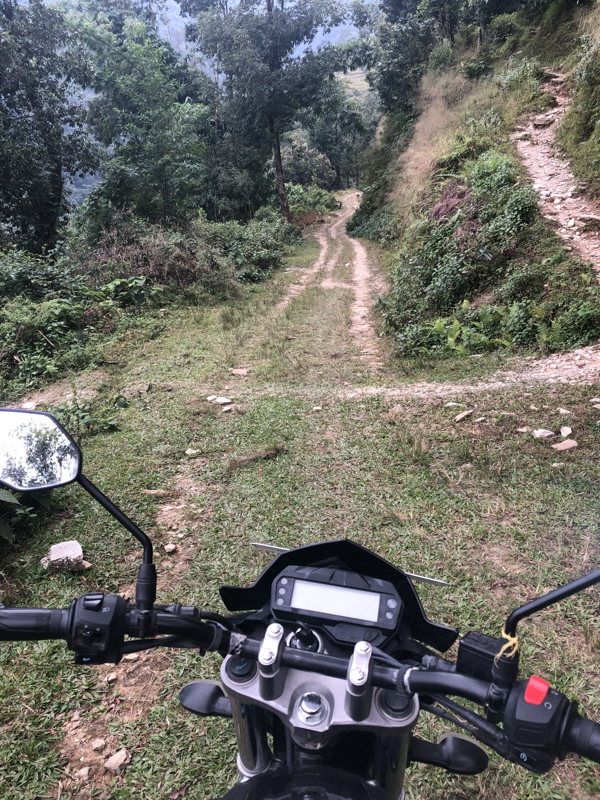
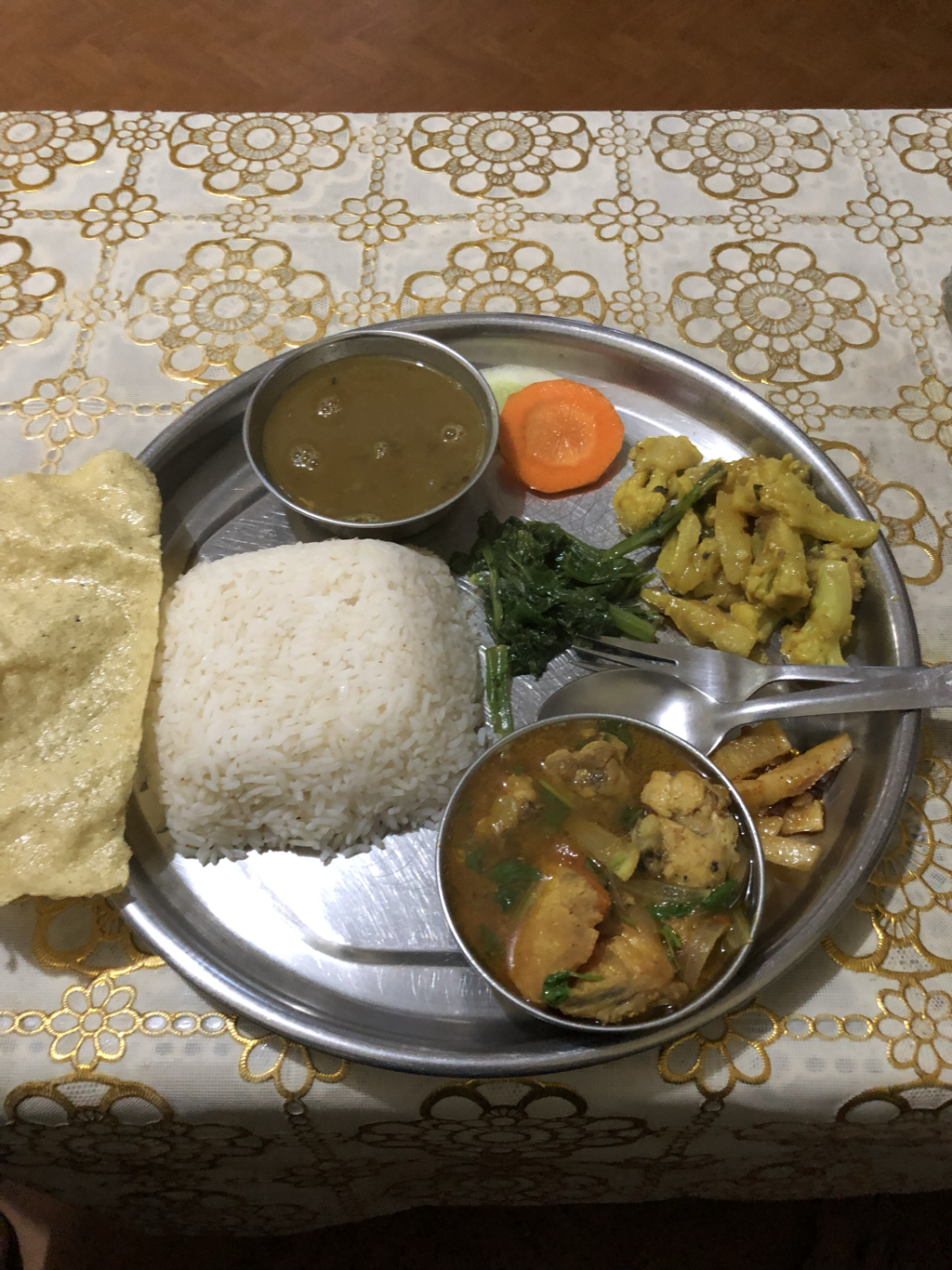
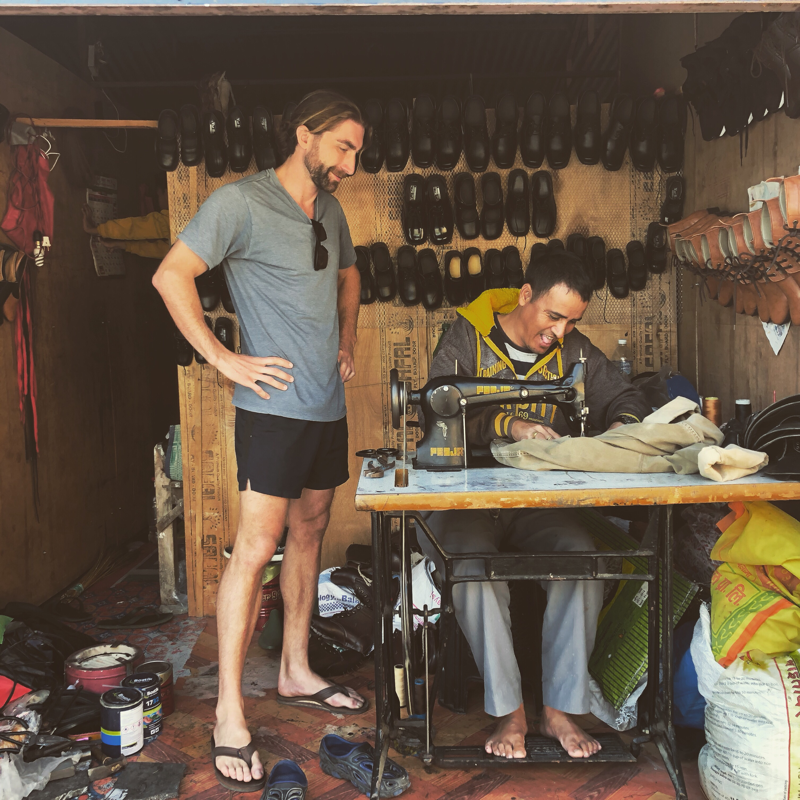
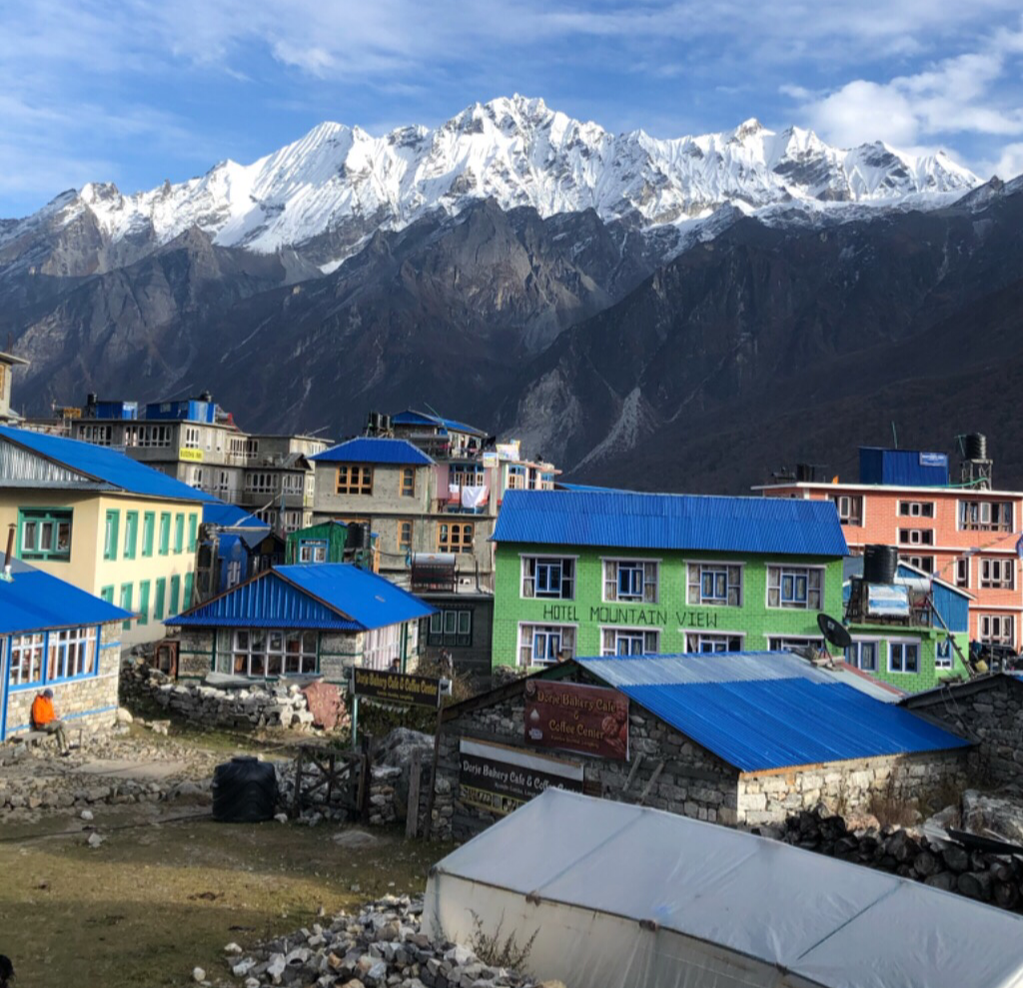
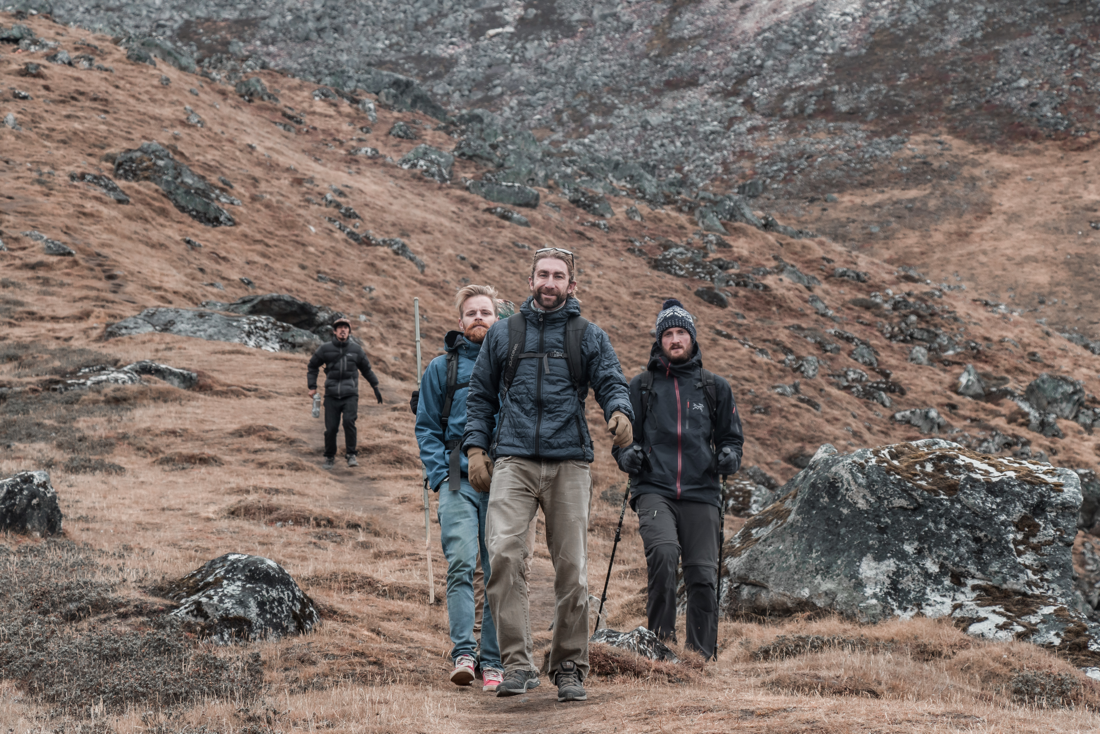
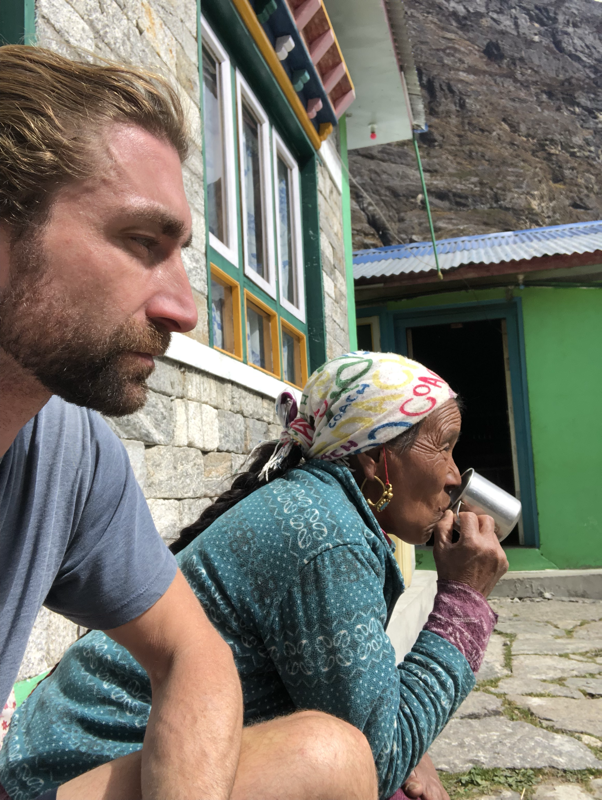
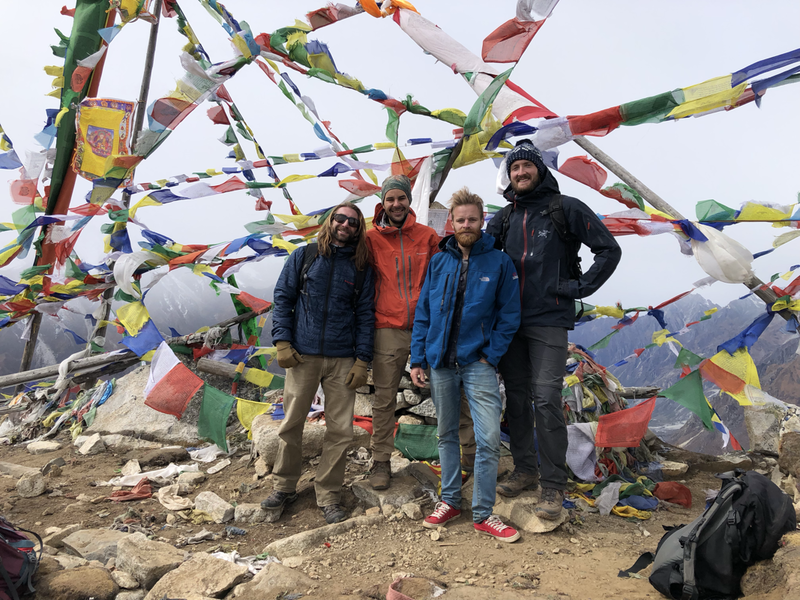
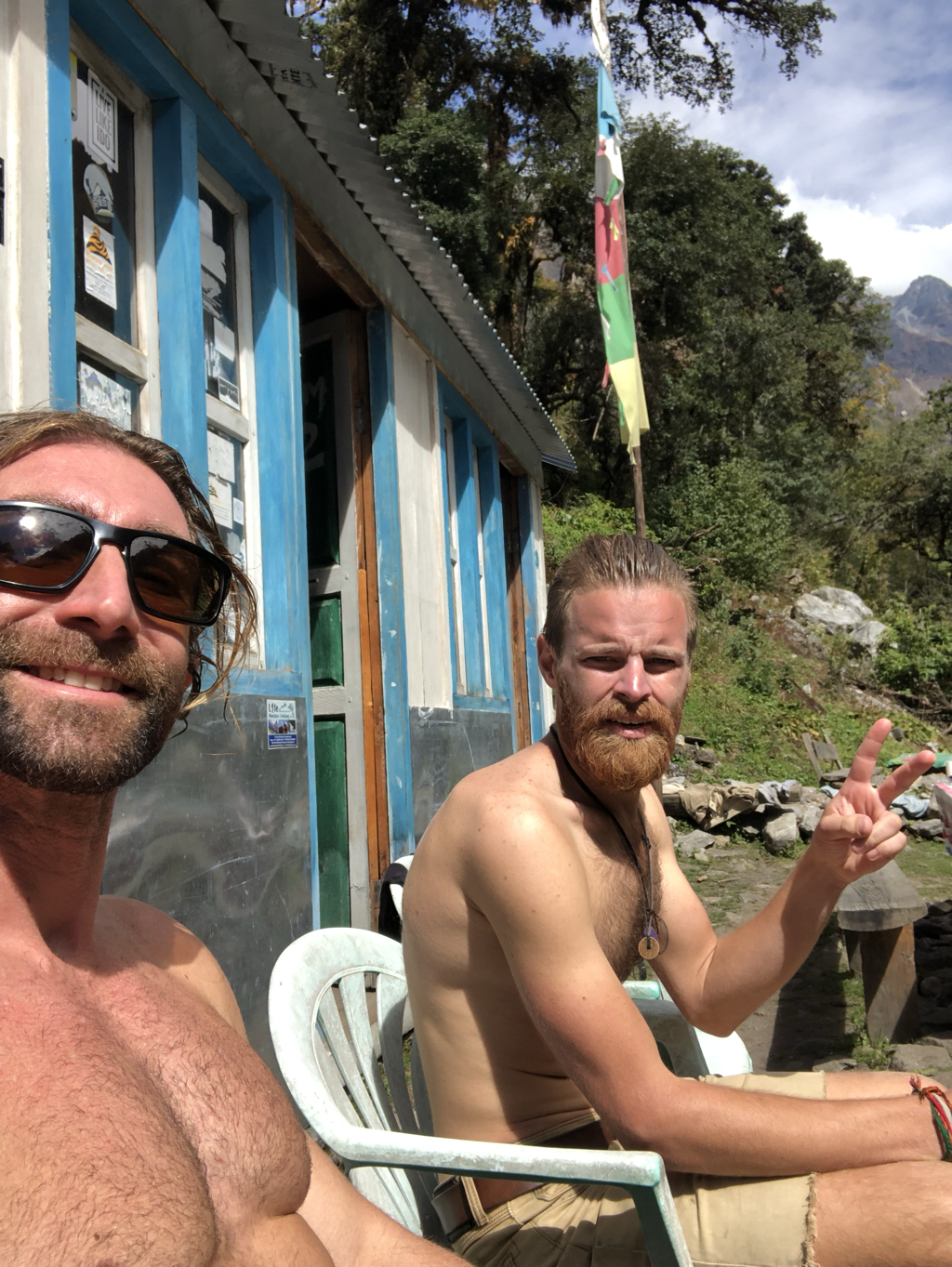
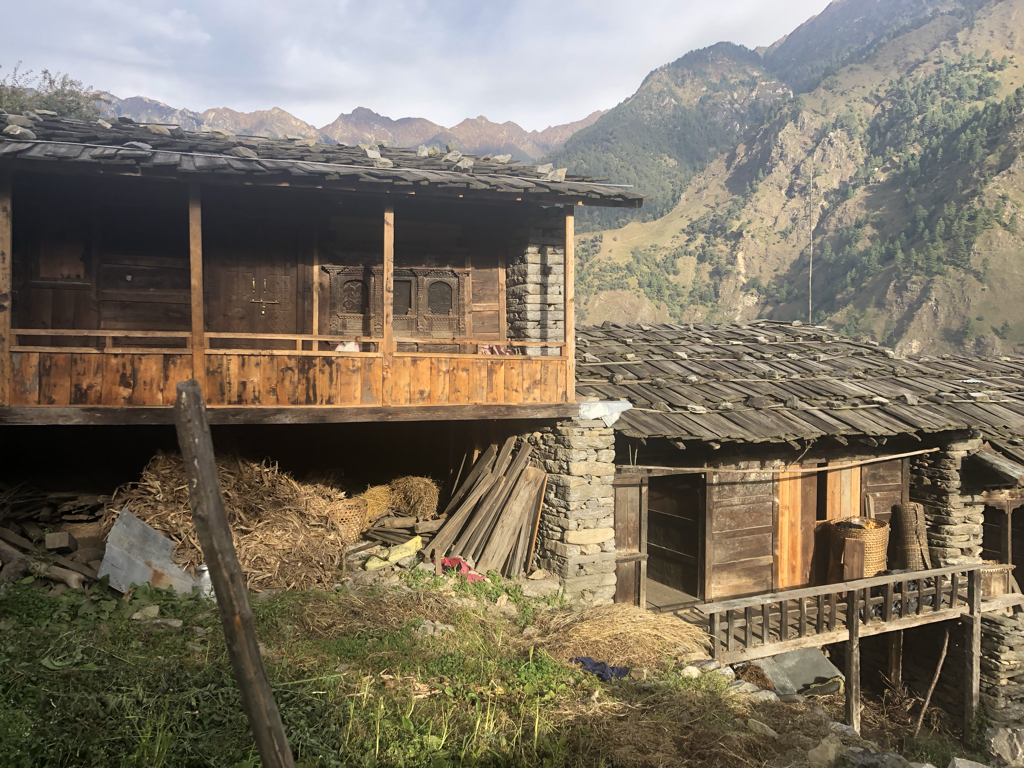
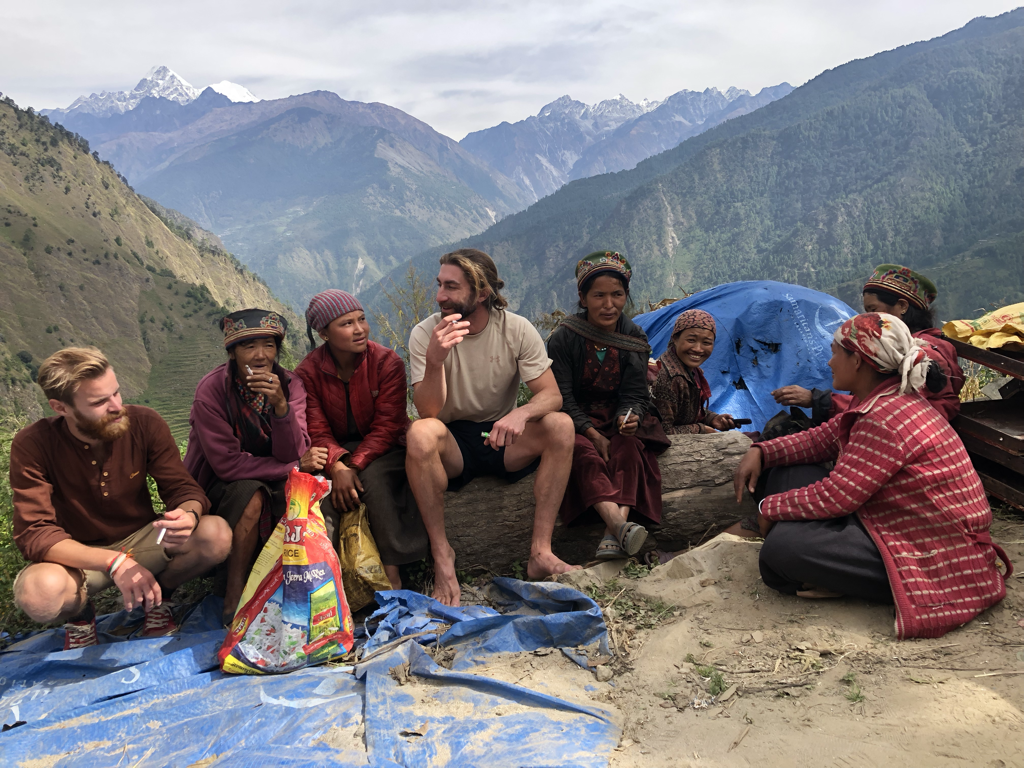
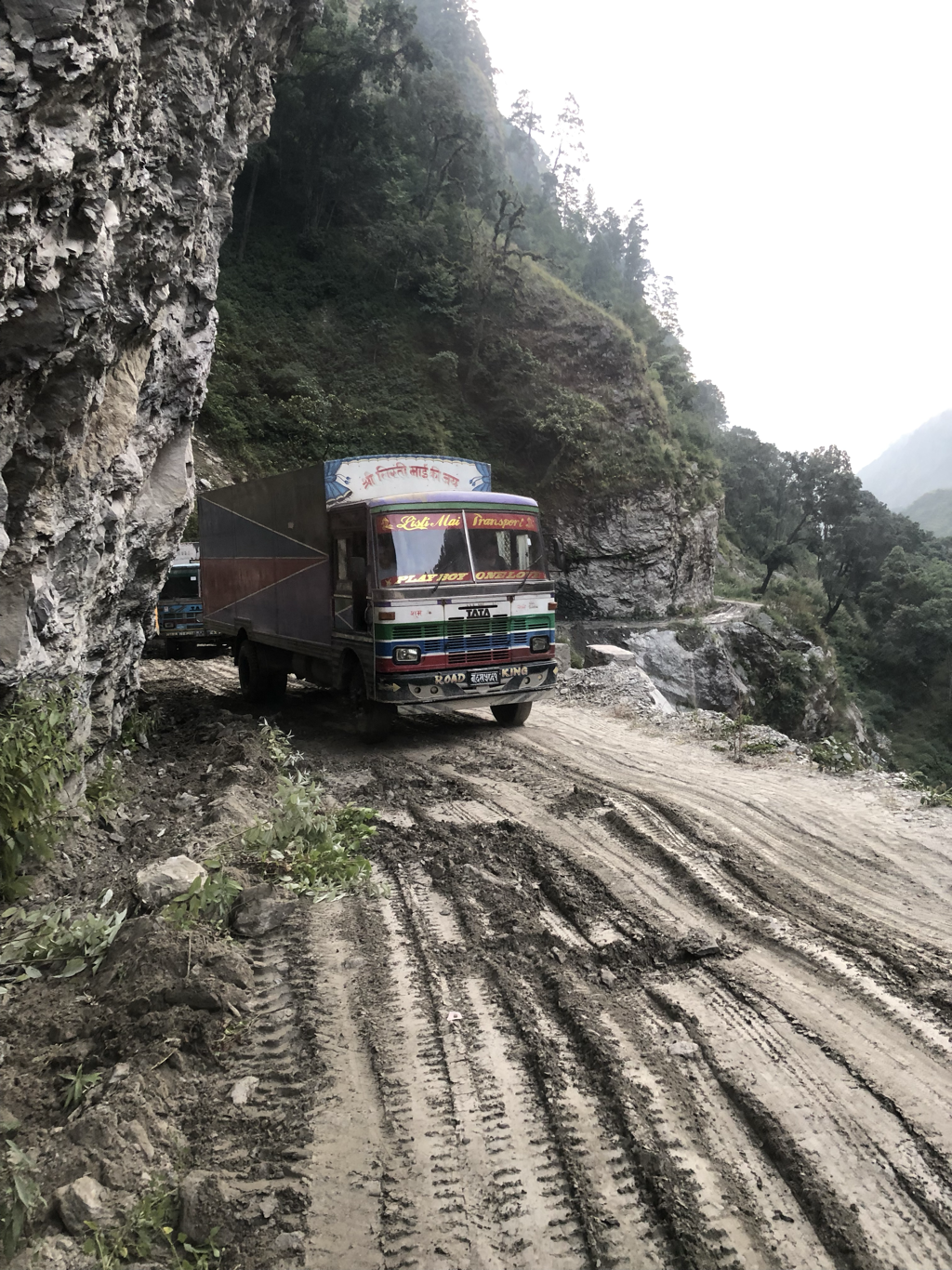
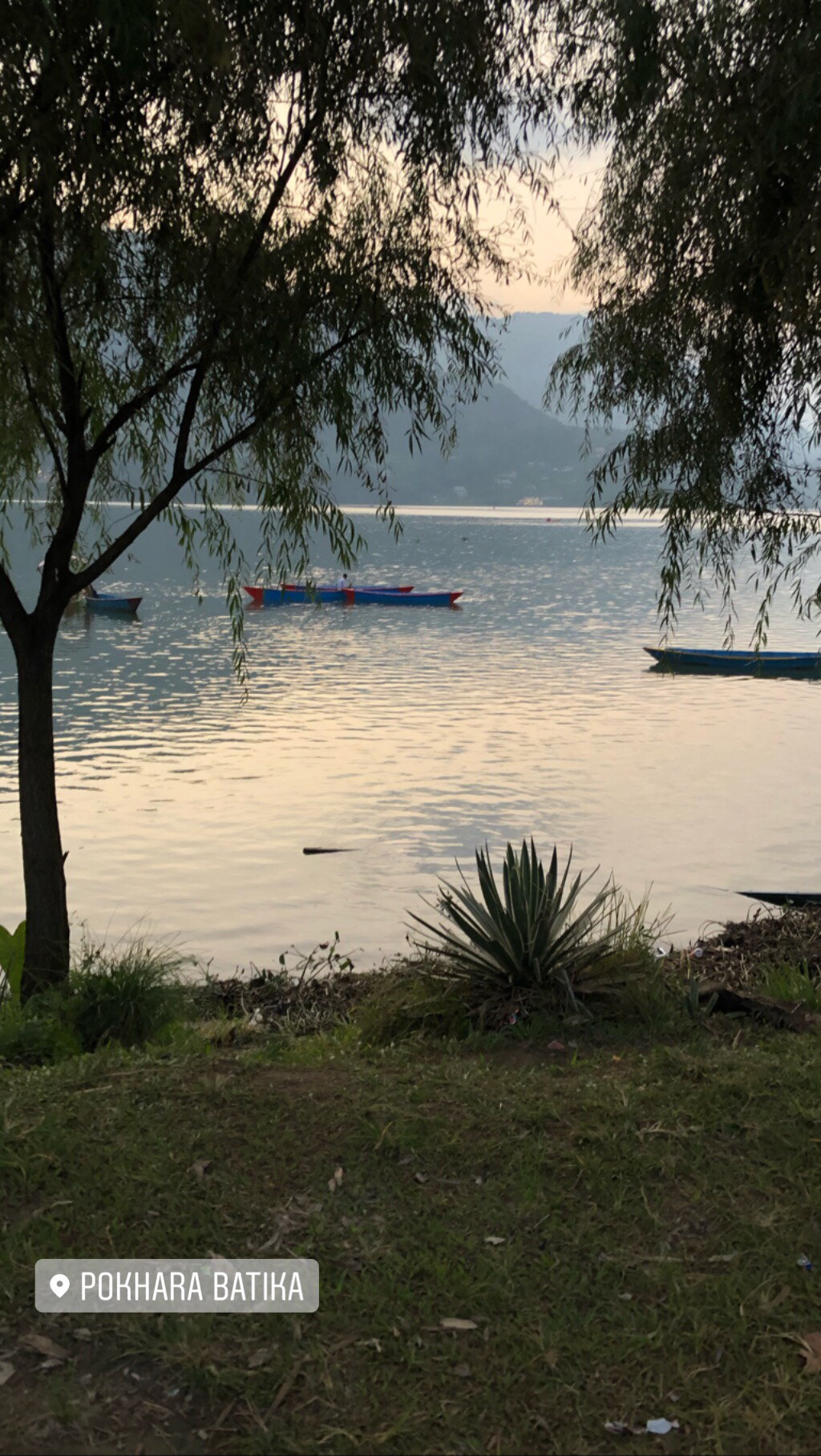
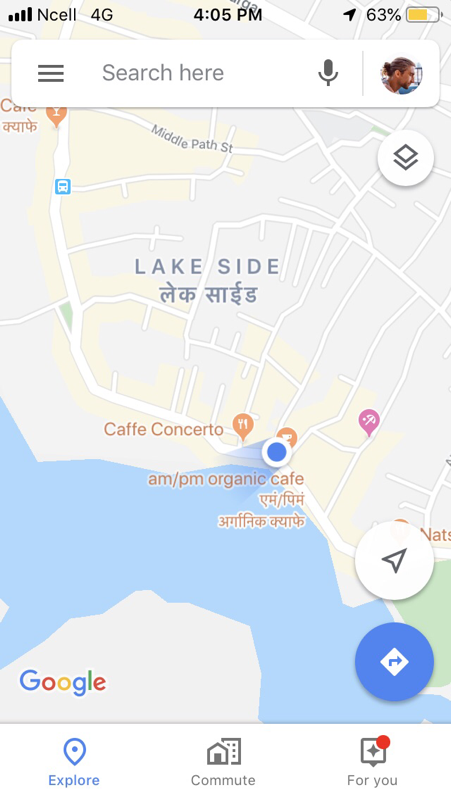
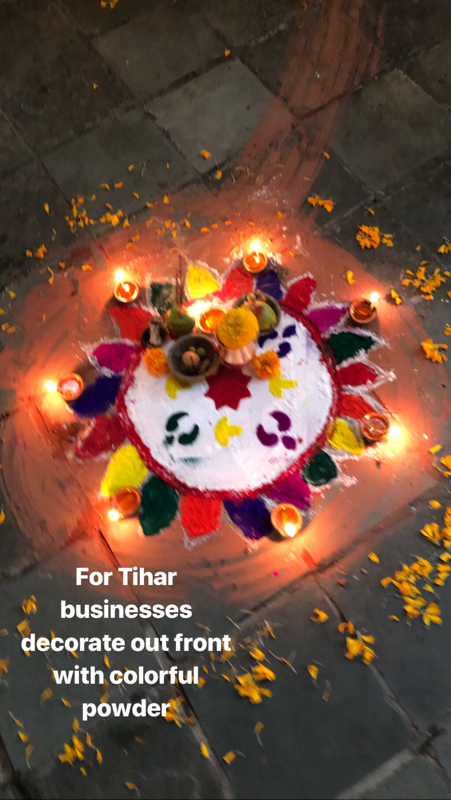
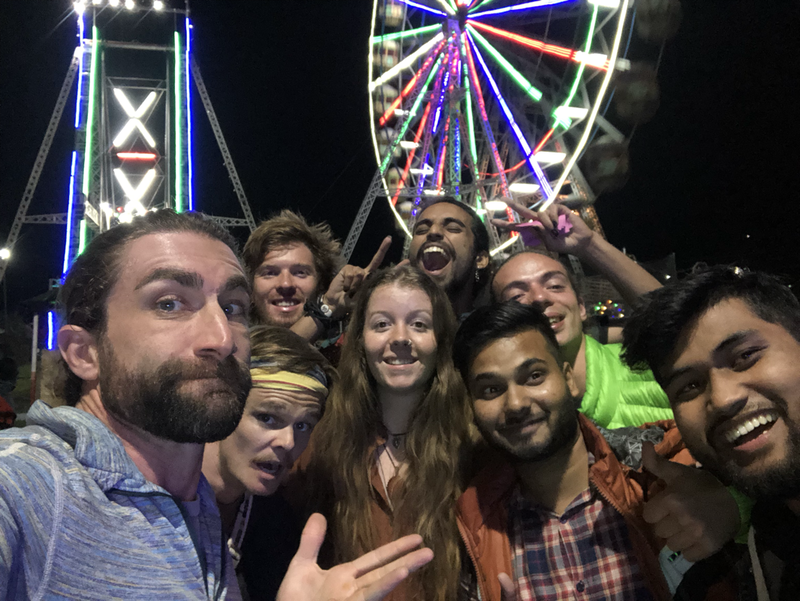
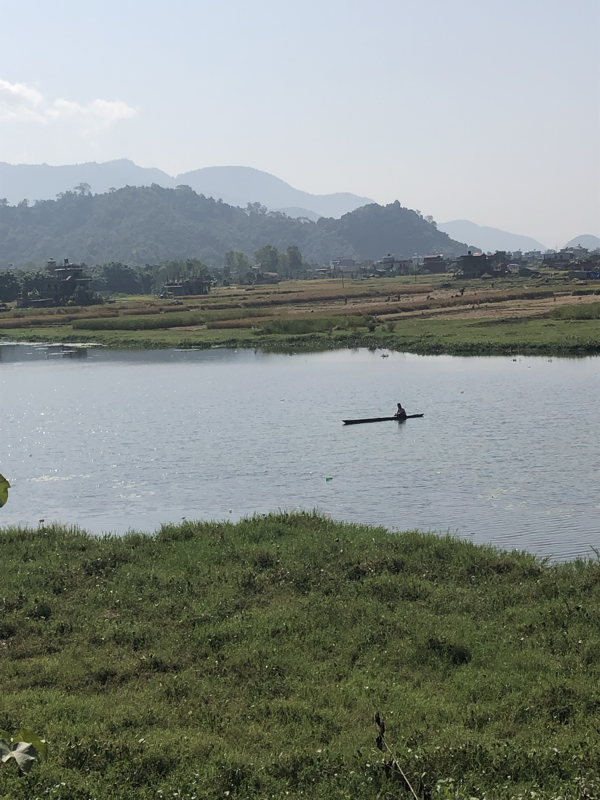
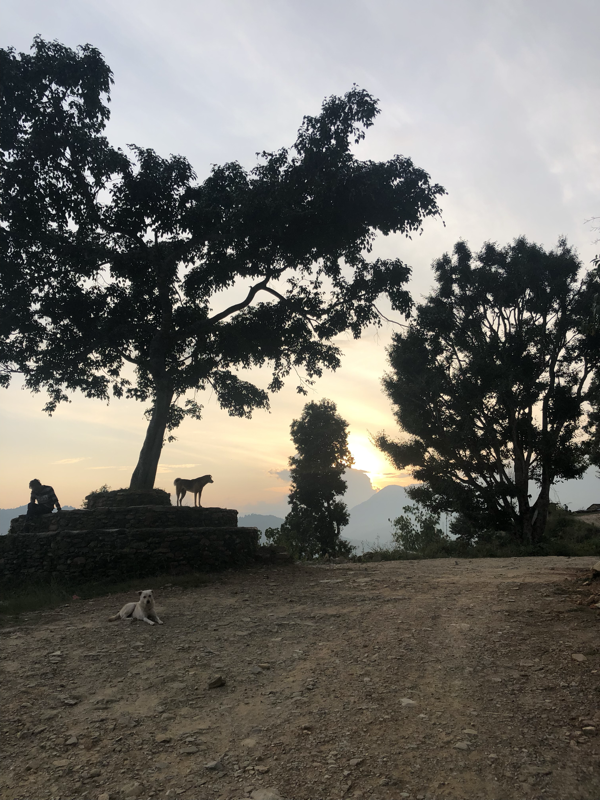
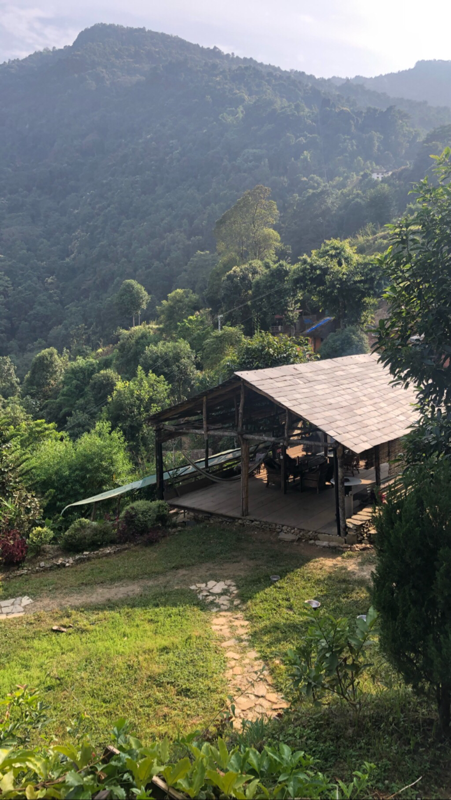
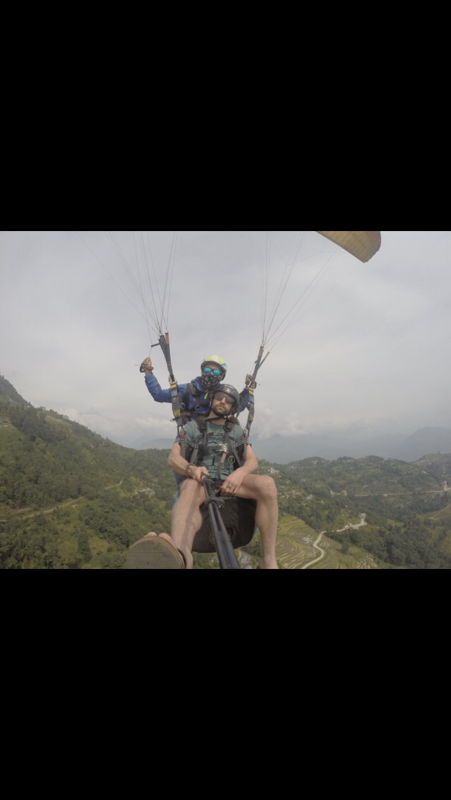
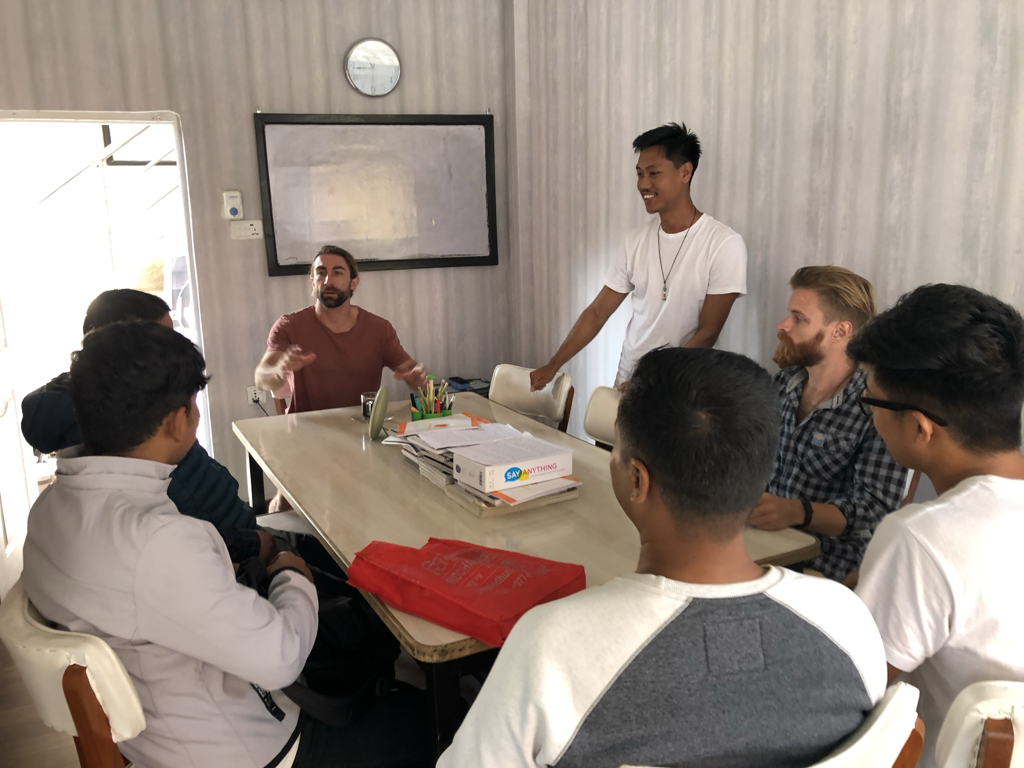
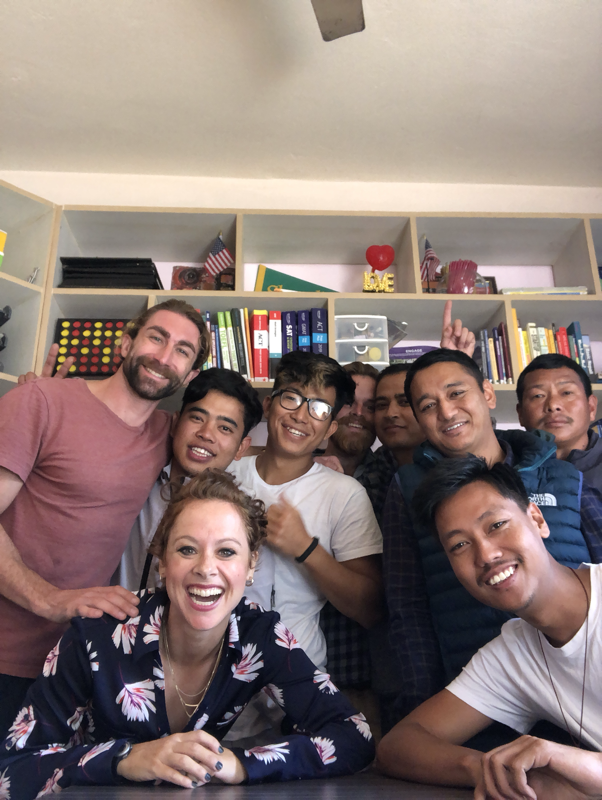
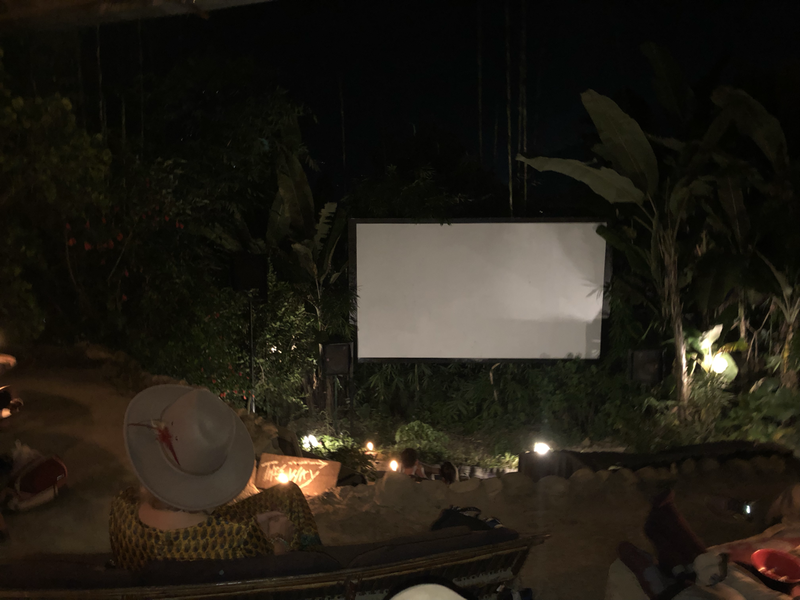
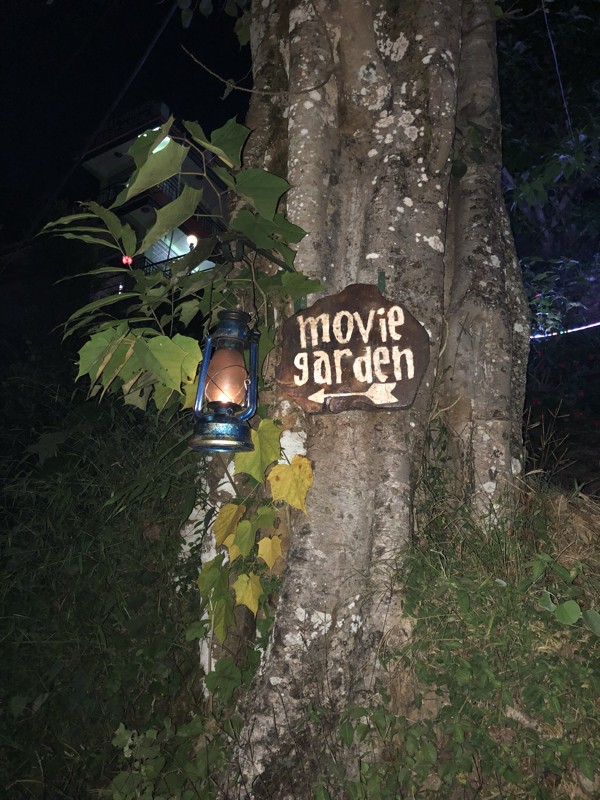
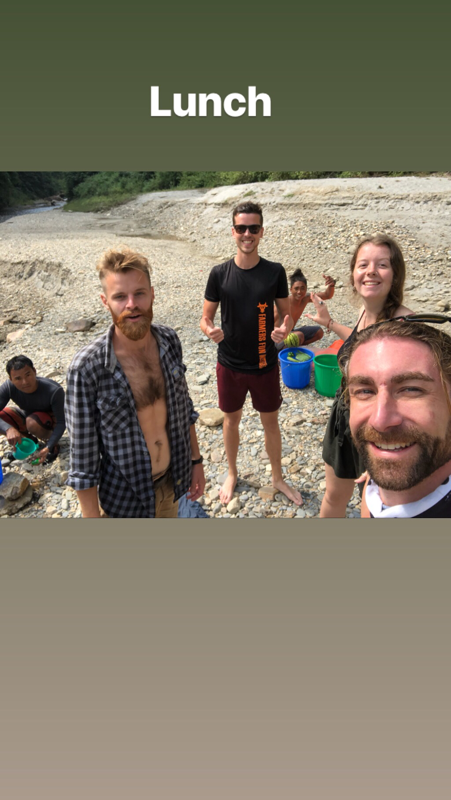
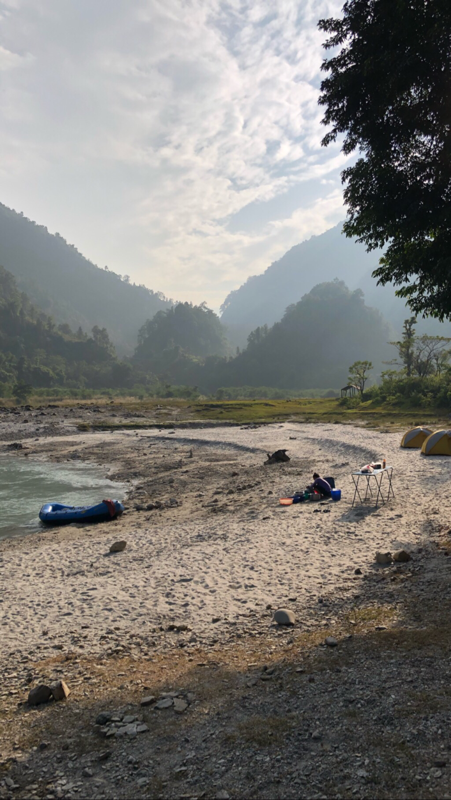
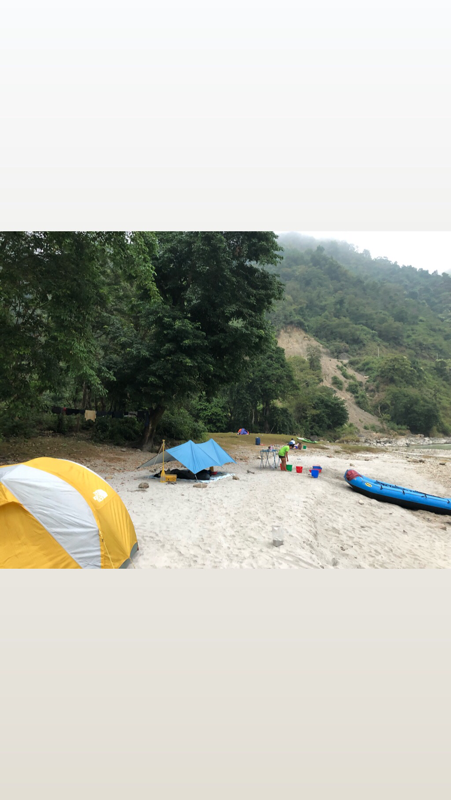
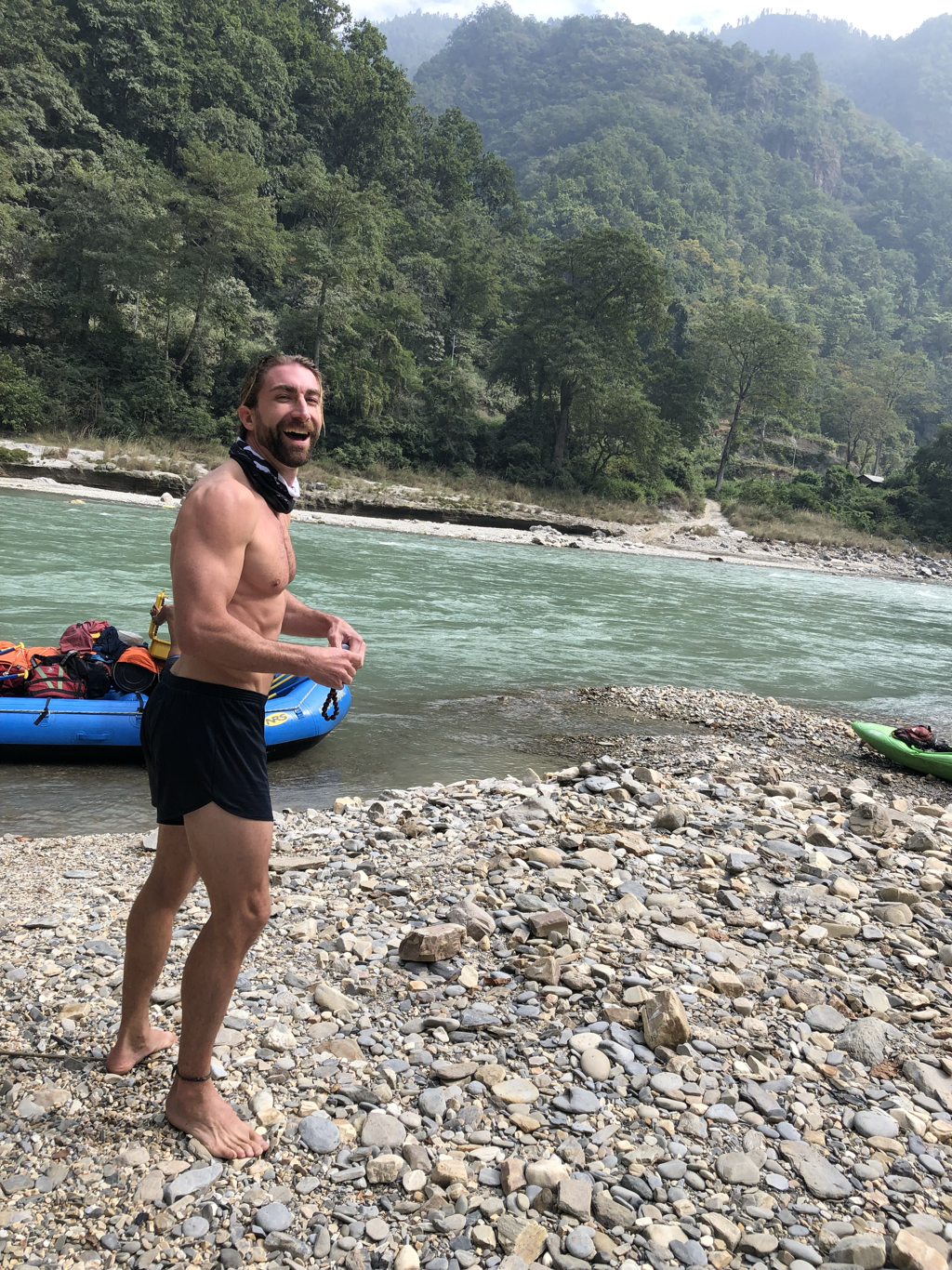
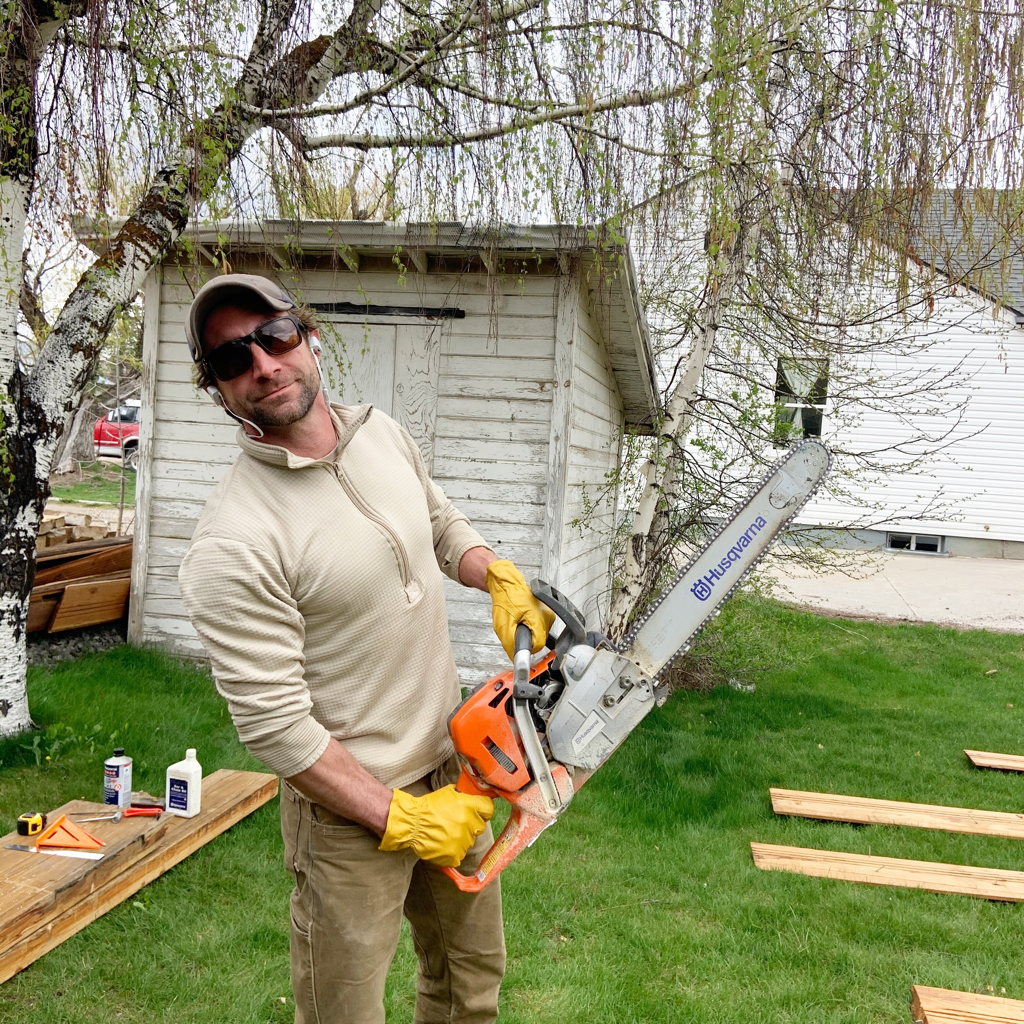
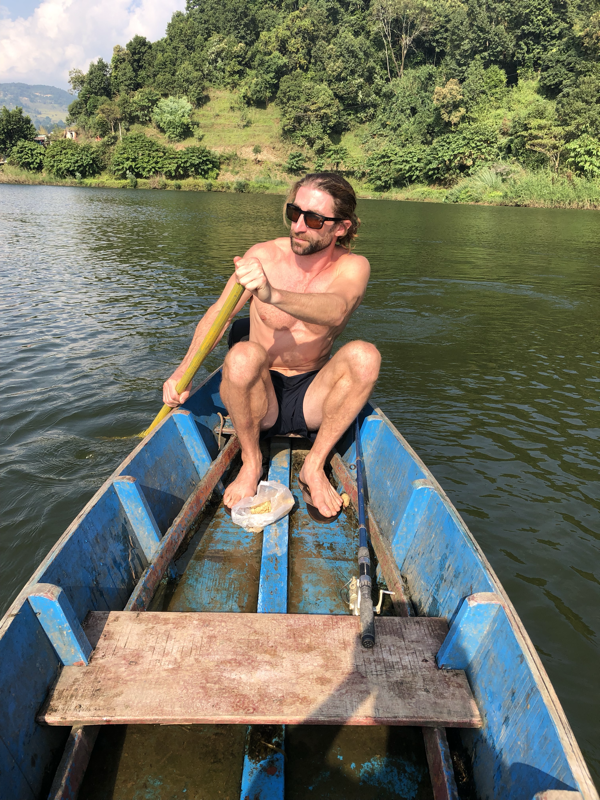
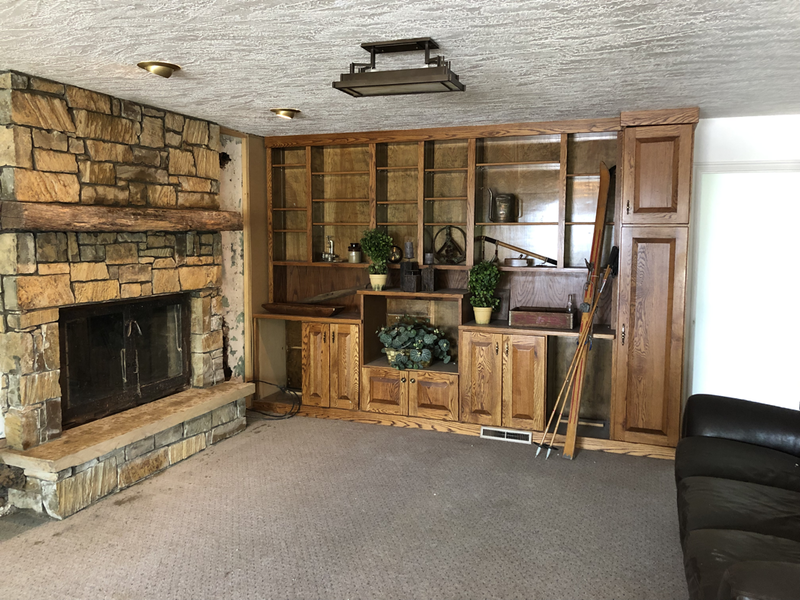

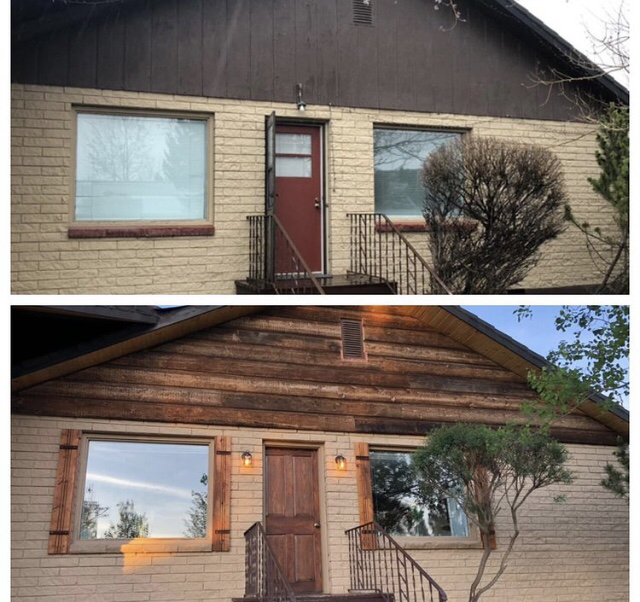
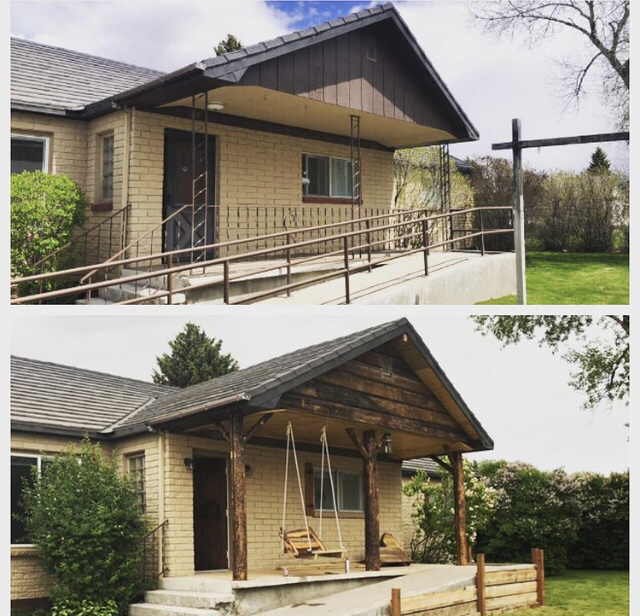
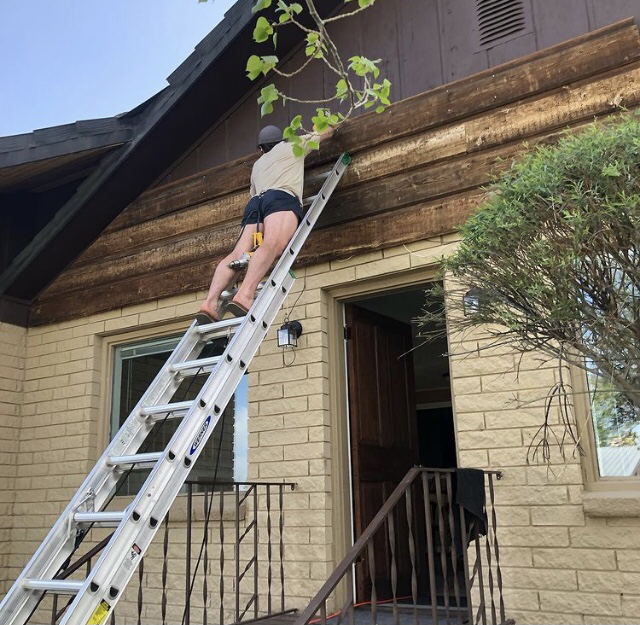
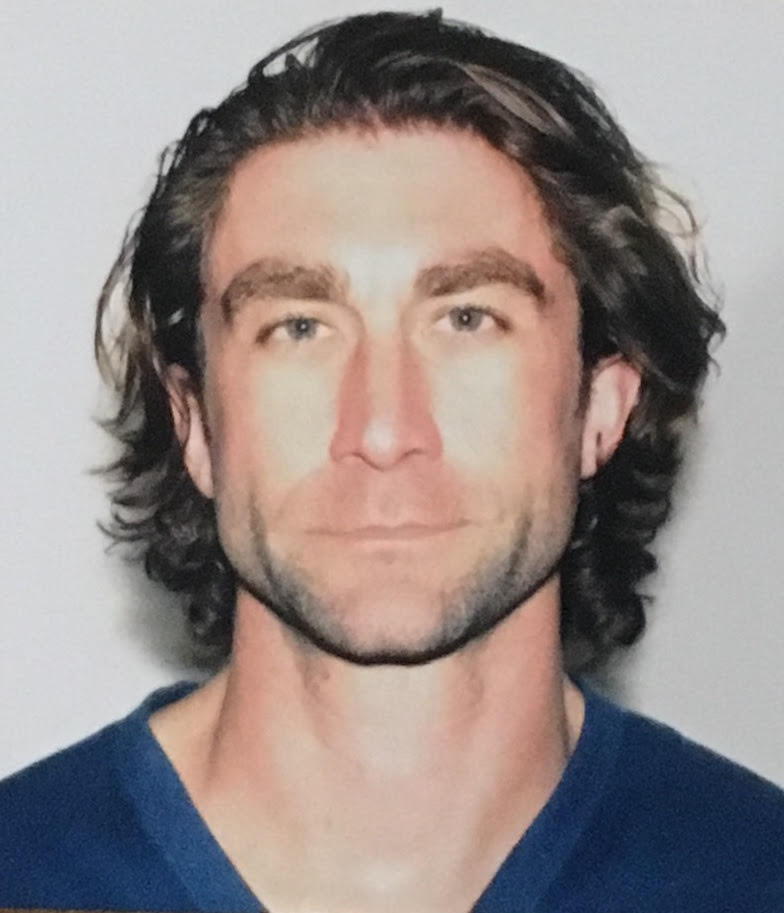
 RSS Feed
RSS Feed